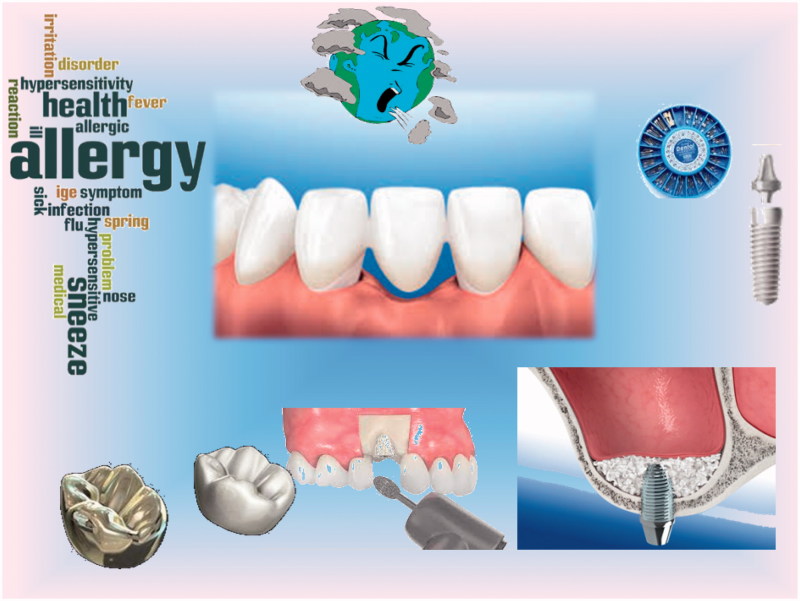A new era considering inorganic trace elements and biological activity of dental biomaterials (angiogenic activity).
Acta Biomaterialia Odontologica Scandinavica
Pub Date : 2016-08-08
eCollection Date: 2016-12-01
DOI:10.1080/23337931.2016.1215249
引用次数: 1
Abstract
Recently due to the environmental and ecosystemic changes caused by air pollution, impurities of foods and water, and exposure to enormous electromagnetic waves we have greater concern regarding the release of inorganic trace elements from different materials that can have drastic effects on life of biological cells, tissues, and organs. Inorganic trace elements are essential substances, and in trace amounts (Figure 1) play critical roles in many physiological and pathological processes.[1] One of the most important processes is angiogenesis, the formation of new blood vessels from preexisting capillaries.[2] Angiogenesis has great influence on physiological conditions such as regeneration and reparation processes, as well as pathological conditions including malignancies and tumorigenesis.[3] In dentistry, angiogenesis plays a great role in regeneration of dentin and dental pulp tissues after injuries, and has utmost importance in revascularization of traumatic premature teeth, which results in radicular dental pulp survival and continuity of root formation.[4,5] There is a body of evidence indicating that trace elements can induce the angiogenesis process.[1,6,7] Many of these elements can be found in dental biomaterials, which are leachable from the applied area.[8–15] Releasing trace elements from dental materials include: restorative materials such as dental amalgam (Hg, Ag, Sn, Cu, Zn, Pd),[8] and glass ionomers (Ca, P, Al, Sr, F), [9] dental casting alloys (Au, Ag, Cu, Pd),[10] endodontic metal instruments (SS, Ni, Ti),[11] and calcium silicate-based cements (Ca, Si, As, Pb, Al),[12] orthodontic appliances (Mg, Al, Si, P, S, K, Ca, Ti, V, Mn, Fe, Co, Cu, Zn, Ni, Cr),[13,14] and dental implants (Ti, Al, Co, Cr, Mo, Ni, V).[15] These articles reviewed more than 500 articles regarding the effects of different trace elements on angiogenesis. Among these trace elements, Ca, P, Cu, and S present pro-angiogenic activity, while Ti nanoparticles, Au nanoparticles (AuNPs), Si nanoparticles, Cr, Zn, As, and V have anti-angiogenic properties. Fe can be both proor anti-angiogenic depending on the context presented.[1,6,7,16] According to these facts, it is evident that inorganic trace elements have undeniable influence on angiogenesis events. Hence, the release of these elements from biomaterials used in dentistry can affect angiogenesis in surrounding tissues. We suggest that the proor antiangiogenic properties of trace elements should be

考虑无机微量元素与牙科生物材料生物活性(血管生成活性)的新时代。
本文章由计算机程序翻译,如有差异,请以英文原文为准。
求助全文
约1分钟内获得全文
求助全文

 求助内容:
求助内容: 应助结果提醒方式:
应助结果提醒方式:


